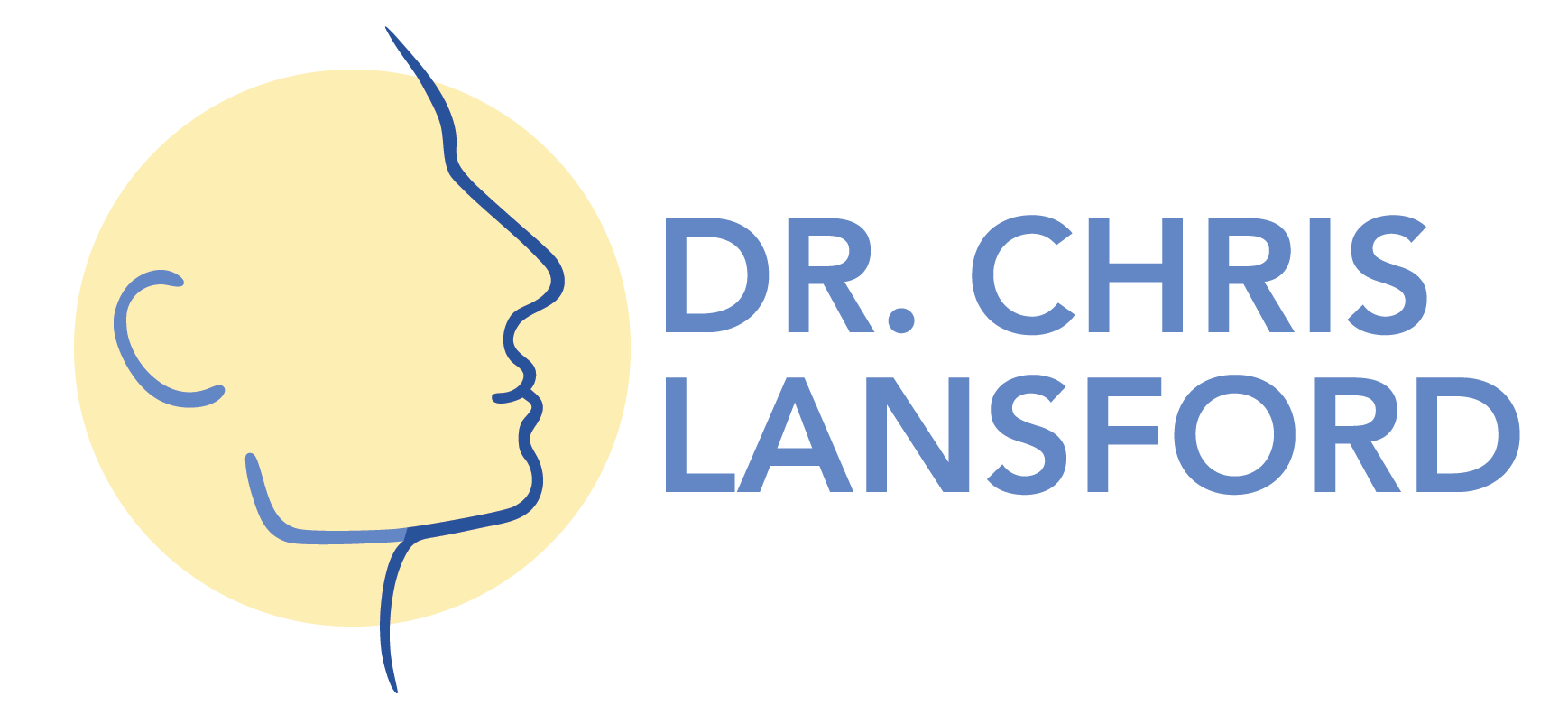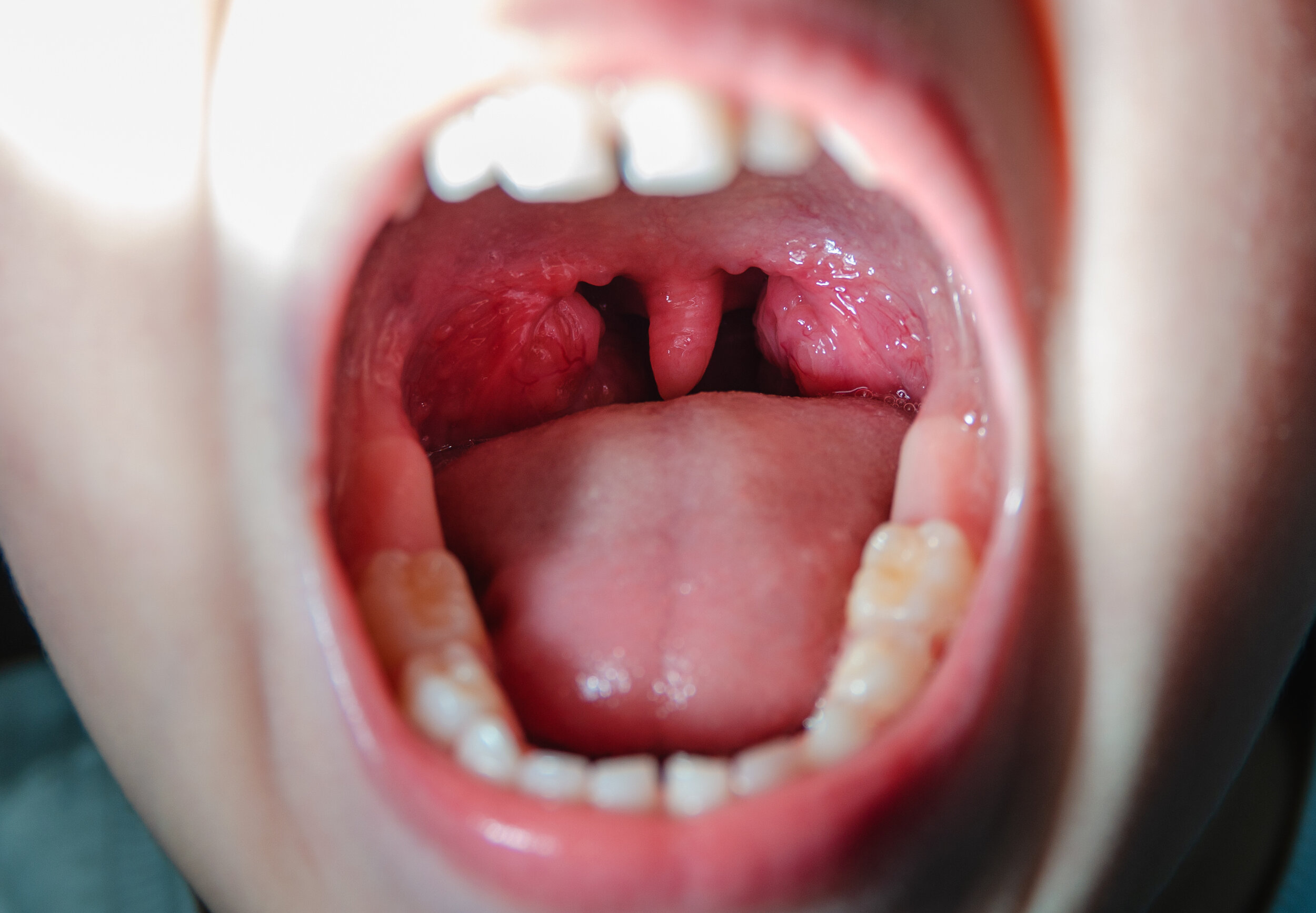Treatments for Obstructive Sleep Apnea and/or Snoring
Several types of treatments exist for obstructive sleep apnea and/or snoring. Here are the main options.
Weight loss
In general, snoring and obstructive sleep apnea are worse as one’s body mass index increases. Weight loss improves, and sometimes cures, these conditions. A person who is overweight and has obstructive sleep apnea will likely lessen the severity of their obstructive sleep apnea, possibly even curing it by attaining their ideal body weight. Weight loss does not guarantee a cure to sleep apnea, and some very thin individuals, for example, still have obstructive sleep apnea. Also, weight loss is sometimes difficult to achieve and maintain. Lastly, adopting a healthy lifestyle with good eating habits and incorporating physical exercise into the daily routine may be difficult for someone with obstructive sleep apnea because symptoms of obstructive sleep apnea such as fatigue, headaches, and depression may make it difficult to adopt a healthy lifestyle, thus creating a potential catch-22 situation. Overall, successful and sustained weight loss is the best and healthiest way for most people to treat obstructive sleep apnea (and several other medical conditions). When diet and lifestyle measures fail to yield necessary weight loss, surgical procedures such as gastric bypass and variants may prove successful.
Throat surgery
Depending on the location and cause of the blockage of airflow, surgery on the throat may be undertaken to relieve the blockage. The best example of this is tonsillectomy (with or without adenoidectomy) in children, which typically cures their obstructive sleep apnea. In adults, very large tonsils may play a significant role in the obstruction, but so too may be the tongue, soft palate, or the general collapsibility of the throat. Depending on findings during the office visit, a patient may be given the option to have one or more of these procedures:
Uvulopalatopharyngoplasty (UPPP)
Removal of lingual tonsils (tongue base reduction)
Expansion pharyngoplasty
The advantages of these procedures include long-term improvement of the airway that does not require use or maintenance of a device. The disadvantages include a painful recovery, lack of guaranteed cure of sleep apnea, and possible surgical complications. Sometimes throat surgery may be combined with other types of treatment for additive effect. If throat surgery did not cure sleep apnea, it might make CPAP more tolerable than it had been if the surgical result allows CPAP to be effective at a lower pressure setting than before.
pap (positive airway pressure), including CPAP abnd BiPAP
Once a diagnosis of obstructive sleep apnea is made in adults, continuous positive airway pressure (CPAP) or one of its variants, like BiPAP is typically recommended as initial therapy. CPAP is when a constant air pressure is applied to the airway via a mask during breathing. BiPAP is similar, but the machine provides a different level of air pressure during inhalation compared to exhalation. If PAP is tolerated and used for most of the night, every night, then it may be a long-term cure for obstructive sleep apnea. For motivated and able individuals, PAP is sometimes used temporarily while a healthy diet and active lifestyle are undertaken. In this case, a repeat sleep study after significant weight loss may prove that PAP is no longer necessary. If PAP is not well tolerated, however, it may not be used much, and this may be the dangerous situation of untreated obstructive sleep apnea. Many adjustments may be made to try to make PAP tolerable, such as changing a PAP mask, the pressure settings, the temperature or humidity of the PAP air, or having the PAP machine ramp up to full pressure slowly as one falls asleep. If PAP ultimately proves not to be tolerated, however, it is better to undertake another type of treatment for obstructive sleep apnea than to go untreated.
inspire implant (hypoglossal nerve stimulator)
A hypoglossal nerve stimulator, such as the Inspire implant, is an option for treating obstructive sleep apnea in patients who meet certain criteria, including inability to tolerate CPAP after trying it.
Oral appliance (mandibular advancement Device)
An oral appliance, or mandibular advancement device, is prescription custom-made medical device worn in the mouth used to treat sleep-related breathing disorders including obstructive sleep apnea (OSA) and snoring. An oral appliance for sleep disordered breathing may be best suited for patients with good teeth and snoring or minor to moderate sleep apnea, or as an alternative to CPAP intolerant patients with severe obstructive sleep apnea. Advantages of an oral appliance include that they are non-invasive, easily reversible, quiet, and generally well accepted by the patient. Disadvantages include that the device does not always cure sleep apnea, especially moderate or severe sleep apnea, the potential for pain in the jaw joint (temporomandibular joint), a period of readjustment of one’s normal bite for a usually short period of time each morning, need for the user’s bite to return to its normal position after use, that an individual must remember to use the device for any benefit, and that the device requires a little maintenance and it could break or be lost.
Orthognathic surgery (specifically Maxillary-Mandibular Advancement)
Surgery designed to move the upper and lower jaws forward, called mandibular-maxillary advancement surgery, may be undertaken to move the facial skeleton forward and expand the airway in the throat to treat obstructive sleep apnea. This procedure is highly successful in selected individuals, but has the disadvantage of being a more extensive and invasive operation than other surgical options for obstructive sleep apnea.
Tracheostomy
In rare circumstances, when a person has imminent threat to their life because of severe obstructive sleep apnea, a tracheostomy may be performed. This is a last resort option reserved for extreme situations.
This page







